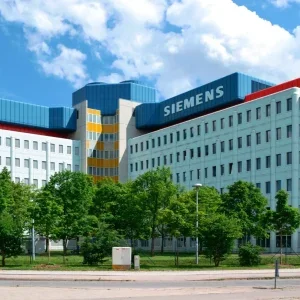Asian Mineral Resources president and CEO Evan Spencer said: "The discovery of new high-grade targets close to our mining and processing facility is extremely encouraging. We are particularly pleased with the confirmation of Massive Sulphide mineralisation at Suoi Phang.
"As our recent operational announcements confirmed, the last twelve months of production have exceeded expectations and we now have the cash-generating platform to aggressively pursue the growth potential of our 49.7km2 exploration area. Vietnam benefits from low exploration costs and very strong community support. With our increasingly detailed understanding of the geology, we are excited about the region’s potential to host a world-class magmatic nickel sulphide camp."
Exploration Program Overview
In July 2014 BPNM was awarded the exclusive mineral exploration rights for ongoing exploration of nickel-copper mineralization over a 49.7 km area surrounding its Ban Phuc Nickel Mine located in the Ta Khoa region, in northern Vietnam. Ban Phuc is within the Song Da rift, a major crustal suture zone, which is part of a broader northwest trending corridor of deep continental rifting known as the Red River Fault Zone, which extends from Northern Vietnam into China and hosts a number of nickel, copper, lead and zinc deposits and occurrences. The area is an excellent geological address in a geotectonic and structural zone that has many favorable factors for development of different styles of Ni-Cu deposits, including Norilsk, Jinchuan and Voisey Bay styles.
Ban Phuc massive sulphide nickel-copper deposit is hosted by metamorphosed sediments adjacent to an ultramafic intrusion, which also contains disseminated nickel sulphides. Ban Phuc occurs close to the core of the regional scale Ta Khoa anticline, which also hosts a number of other surface nickel and copper and ultramafic occurrences.
Drilling was undertaken at Ban Phuc and Suoi Phang in August and September 2014. These results, along with low-cost underground follow up work to expand structural and geological mapping and geochemical sampling coverage, have beenintegrated into a 3D geological study aimed at understanding ore distribution trends, ore genesis and to feed into the exploration targeting model.






